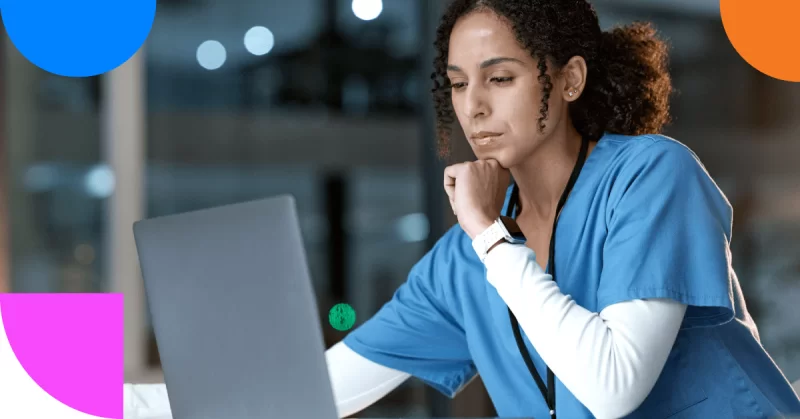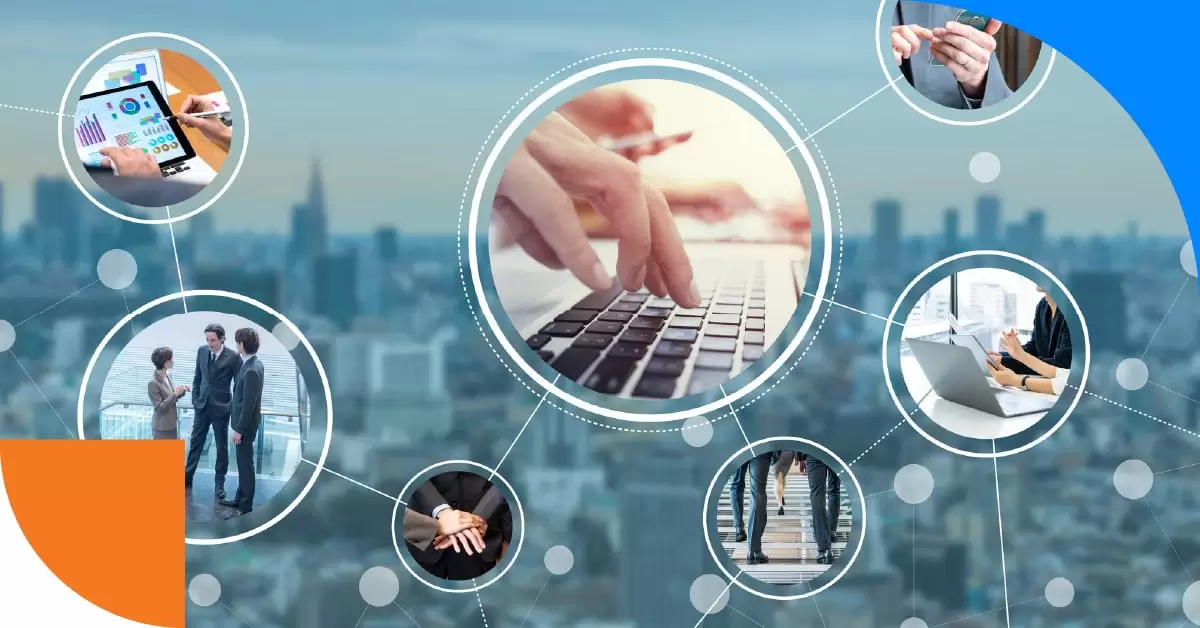
For most professions, keeping up to date with the latest developments and retraining yourself to the newest technologies is a matter of staying relevant.
For medical professionals it is much more than that. It’s a matter of life and death.
Continuous training in medicine is not only a “nice to have”, but compulsory for those in the healthcare industry. Their knowledge and skills have to not only be maintained, but also regularly expanded and updated.
Even what’s considered a “best practice” in the profession can change drastically in the span of a decade.
Continuous training being “compulsory” for healthcare professionals is not just a figure of speech. In most countries, healthcare professionals are required by law to take several course credits every year in order to maintain their status as active practitioners.
Traditional approaches to medical training have several drawbacks.
The cost of establishing and maintaining physical training centers, for example, is high, as is the difficulty in meeting changing demands due to constantly changing trends in disease treatment, medical technology, and drugs.
Even more important is the issue of time (or its lack thereof).
Healthcare professionals are notoriously busy and hard working, and finding time for training is often problematic, especially for those whose roles in the hospital or clinic are often invaluable and cannot easily take time off of work to attend a training course.
e-Learning does away with all those problems. By its very nature it can be asynchronous, so doctors and other healthcare professionals can take courses at their own pace.
It is remote, so they can follow lessons from their office or home.
It has extremely low costs to setup, update and run courses related to traditional, classroom based learning. And when the need for the latter arises (which, for some lab based study subjects, is inevitable), it can accommodate it through hybrid-learning scenarios that offer the best of both worlds.
E-learning can also be more effective than traditional instructions – unless the physical classroom has been updated with state of the art educational tools (which, of course, is extremely costly).
With e-learning it is easy, and cost-effective, to incorporate interactive and multimedia capabilities to the training courses.
This is something especially important for the healthcare industry, where images and figures play an extremely important role (consider anatomy, organ structure, x-rays and ECGs, to name but a few cases where visual understanding is necessary).
Modern LMS platforms can trivially incorporate images, videos, interactive animations and even augmented and virtual reality material, while allowing individual learners to examine and study them at their own pace, and rewind or repeat a particular segment as many times as they like (something impossible in a classroom setting).
E-learning can also be easily monitored, with automated course pacing, exams, and grading, and it also offers the all important feedback mechanisms (such as reporting and detailed statistics) to track the progress of individuals and teams and improve on courses or lessons that are proved problematic.
Besides core medical training, e-learning can be used to train doctors and healthcare personnel in the use of new medical equipment (with the training provided either by the clinic or by the equipment manufacturer), and the presentation and education about new drugs.
Apart from those obvious uses, there are more ways in which e-learning can be useful in a healthcare organization.
One such use is orientation courses for new personnel, which in a large clinic applies to any sector, from surgeons to IT, and from catering to nursing stuff.
And, of course, the ever more important training in professional ethics, racial discrimination issues and organization culture and policy are also a perfect fit for e-learning.
In a knowledge based profession such as medicine, where new developments are constant, being up to date is crucial, and time being a very scarce resource, e-learning can have a tremendous impact on the cost, convenience, time saved, reliability and accountability of your training.
The benefits are obvious and the market reality reflects that.
For several years, healthcare has been the most popular industry for corporate eLearning in the US, followed by software and marketing companies.
When a market segment beats software companies in taking advantage of a software solution such as e-learning, you know that it’s an extremely great fit for its needs, and, more importantly, one that provides a good return of investment (the healthcare industry doesn’t spend its money on fads).
Thus far we’ve discussed about the benefits of e-learning for healthcare professionals, but government and independent organizations can also leverage e-learning systems to provide health information to the public, from disease awareness (e.g. for AIDS, breast cancer or diabetes) to dietary and lifestyle advice.
Governments, international organizations and NGOs have increasingly adopted e-learning in order to raise public awareness on health issues, and e-learning has been an important pillar in all the recently announced E-health initiatives (along with electronic patient records and telemedicine).
E-learning solutions are also extremely valuable as information sources in situations were patients are reluctant to seek professional treatment directly, such as cases of depression, gambling addiction, anorexia, mental health problems, etc.
The US government, for example, is running the Healthy People eLearning website, an online educational resource designed to help students and health professionals meet the country’s health goals, while the European Union has several e-health programs (with confusing EU bureaucratic names) going, including IROHLA.
IROHLA focuses on improving health literacy for the older people in Europe by taking stock of on-going health literacy activities and ENS4Care, which aims at enhancing e-skills for nurses and social care workers and will provide evidence-based clinical guidelines for the deployment of eHealth services.
The European Commission also promises that it will “continue to fund projects, aiming specifically at improving citizens’ digital health literacy” under the Horizon 2020 program.
E-health and online health learning is an especially important sector, and a recent EU-wide survey shows that Europeans are “hungry for online information about health and healthy lifestyles”, with over 75% thinking the Internet is a good way of finding out more about health, and 90% saying that the Internet helped them to improve their knowledge about health-related topics.
All indicators show that e-learning and the health industry are poised to go hand in hand, since, as we showed, benefits from e-learning approaches are not just related to cost savings, but also to increased efficiency, convenience, and reach.
Educational e-learning is a niche with large growth rates (the largest of all other e-learning segments), attached to the health industry, one of the largest industries worldwide.
Adopting it, if you’re a healthcare provider, and catering to that market, if you are an educational institution, is a no-brainer.
P.S. Feel free to watch our short video below:


